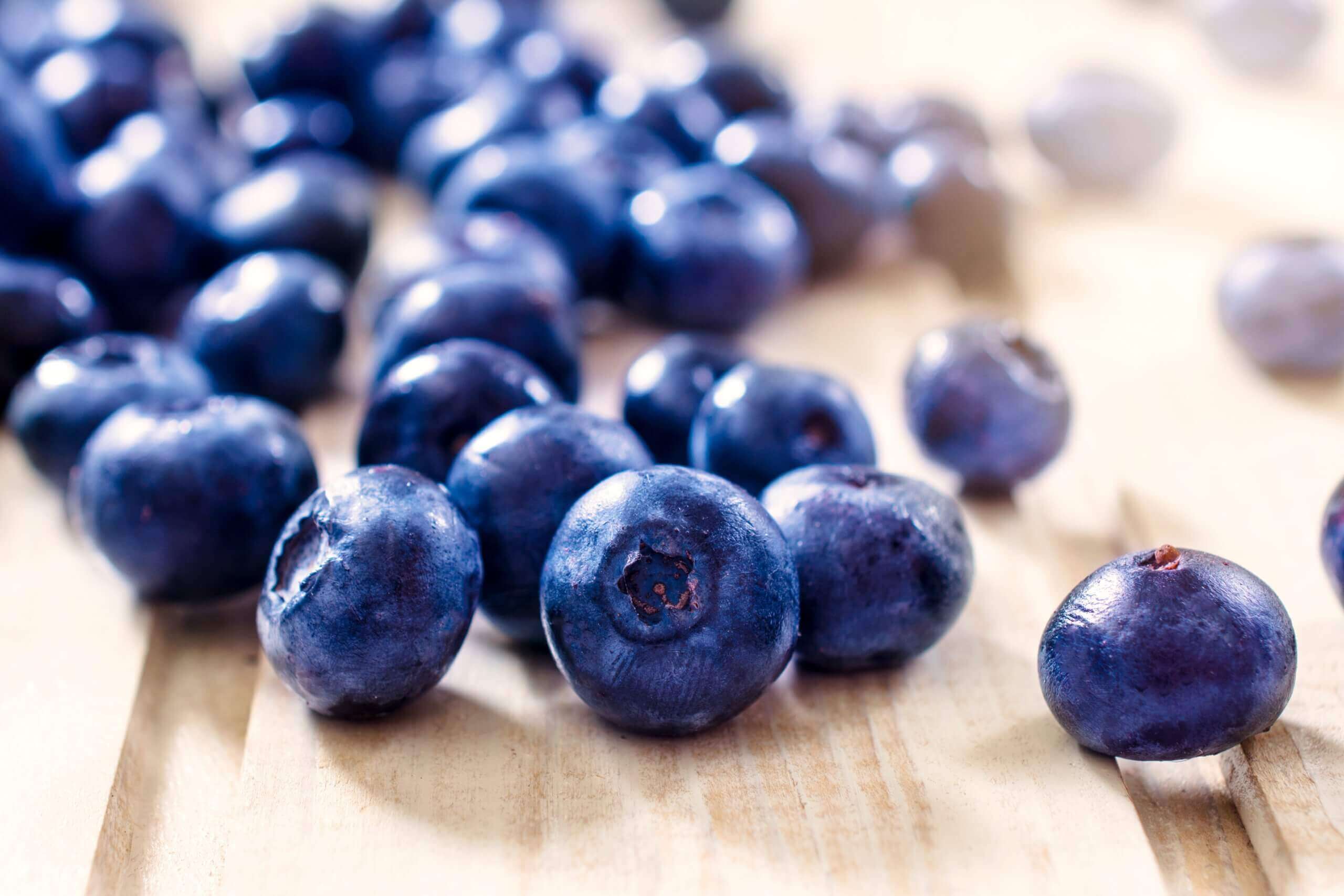1. Why are they so good? How do they impact blood sugar levels?
Blueberries are a sweet and delicious fruit that are low in calories, high in soluble fiber, vitamins and are dense with nutrients. A usual serving size is about a ½ a cup of berries containing 42 calories and 2-3 grams of fiber.
The high fiber content of blueberries prevents blood sugars from elevating too quickly. Blueberries are considered a “low glycemic food” which means they release glucose into the bloodstream slowly and do not cause a blood sugar spike.
2. Why would blueberries be your top choice to recommend to patients with diabetes?
Blueberries are high in vitamin C, vitamin K, magnesium and potassium. They contain high amounts of polyphenols which are compounds found in plants. Polyphenols help reduce inflammation and are strong antioxidants. People with diabetes tend to have high levels of inflammation that also leads to heart disease.
Blueberries contain a specific flavonoid called anthocyanins, which gives them their deep, rich, purple and blue color. Anthocyanins bolster your immunity, aid in brain health and improves eyesight. Blueberries increase insulin sensitivity which makes your body use its own insulin more efficiently.
Your muscles and fat tissue then can utilize glucose (sugar) better. Blueberries have been tied to lowering blood pressure as well, an asset when you have diabetes, in multiple studies.
3. What are some affordable ways to incorporate blueberries into a balanced meal plan?
There are no negatives to eating blueberries whether you have diabetes or not. Since blueberries are fruit they are a carbohydrate food, so portion size is extremely important. A whole cup of blueberries is about 85 calories with 21 grams of carbohydrate, so portions matters.
You should buy fresh blueberries in season and frozen ones without syrup or juice during the colder months. Blueberries coated in syrups and added sugar are not considered “healthy” when you have diabetes. Buying frozen blueberries when out of season will make them more affordable. If you choose to buy organic blueberries, you may find them cheaper when in the freezer section.
You can eat blueberries just plain as a sweet treat snack. You can place them in plain Greek yogurt along with a spoonful of wheat germ and a few slivered, unsalted almonds. Blueberries can be added to your cottage cheese, oatmeal or cold cereal. Add some walnuts to help blunt blood sugars with a high carbohydrate meal.
You can add blueberries to homemade muffins or pumpkin bread mix. They can be tossed into a salad containing Romaine lettuce or spinach with goat cheese and cucumber slices. You can place blueberries in ice cubes for color and flavor. You can bake a ricotta cheesecake without refined sugar and add blueberries to the mix. There are so many different ways to enjoy this yummy fruit which are quite diabetes-friendly!
4. Anything to watch out for if an individual with diabetes decides to eat blueberries as part of their meals and snacks?
Blueberries are a super fruit choice when you have diabetes. There is no fat in blueberries. The key is to watch portion size. Generally, you should not exceed ¾ cup as one serving. Blueberries can help you manage your diabetes and improve your overall health. They taste great too!







Leave A Comment